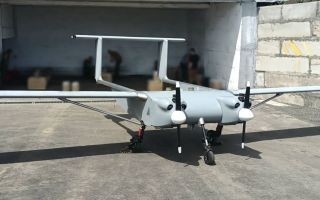Two ships sunk as Houthi rebels resume attacks – possibly at Tehran's bidding
Iranian-backed Houthi rebels in Yemen have resumed attacks on shipping in the Red Sea – possibly encouraged by Tehran amid the recent strikes by the United States and Israel.
The Houthis sank two ships in the space of a few days, the first attack being on the bulk carrier MV Magic Seas on 6 July.
The attacks were reportedly carried out from drone boats and skiffs, using rocket-propelled grenades.
In videos released by the Houthis, radio calls can be heard telling the bulk carrier to slow down.
The crew members abandoned the vessel and were later picked up safely.
Houthis boarded the vessel and placed explosive charges along the waterline, which rapidly sank the Magic Seas when detonated.
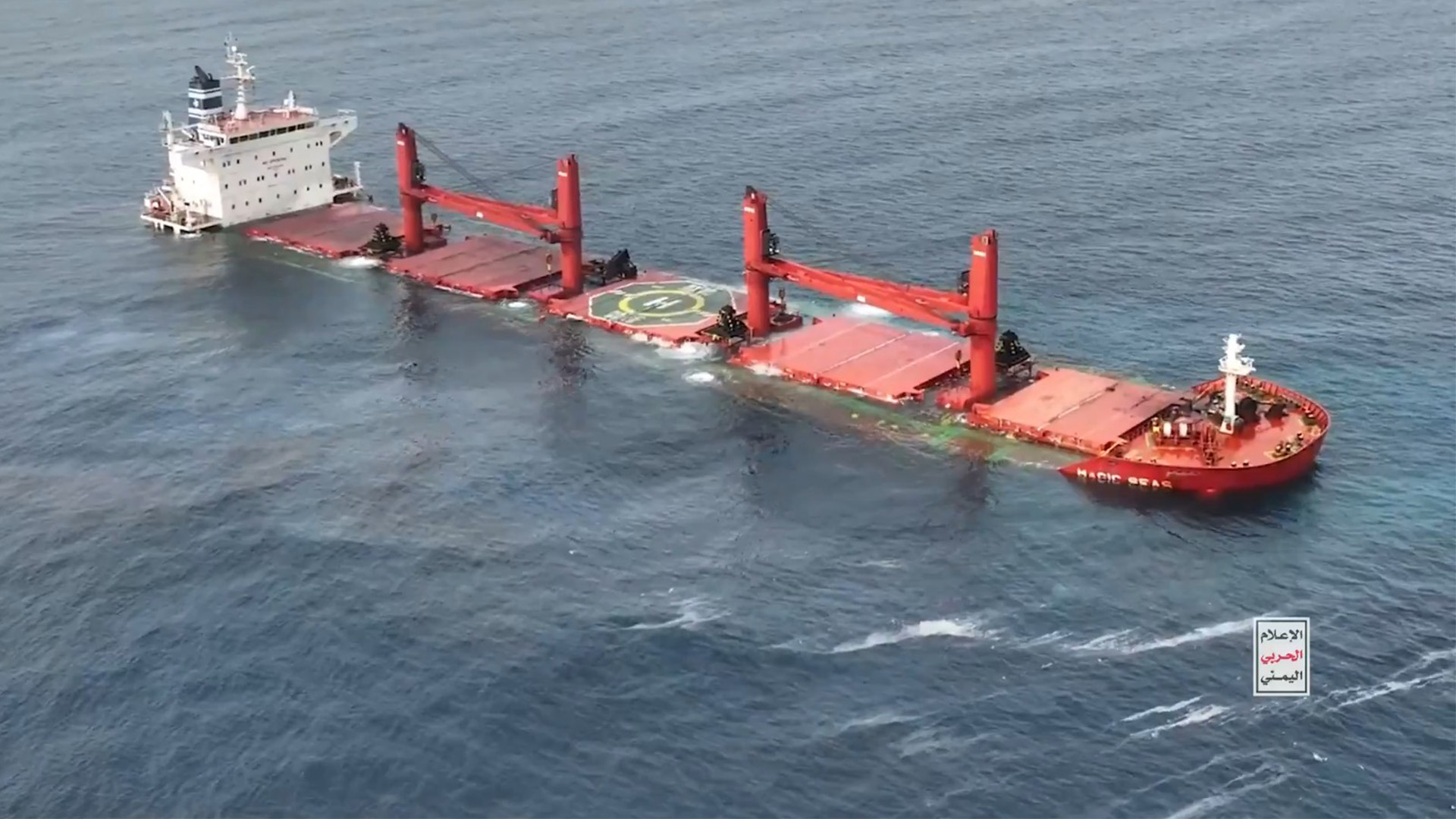
The second ship attacked was the Greek-operated bulk carrier MV Eternity C.
Houthi footage shows repeated missiles being launched from Yemen.
A drone circling the ship showed one large impact hole in the upper deck and fire damage to the ships bridge.
MV Eternity C eventually sank on 9 July after flooding from a large hole near the stern.
The European Naval Force on Operation Aspides said 10 crew were rescued, four were believed killed and the remaining crew are missing.
The Houthis also claim they are holding some survivors from the ship.
Only two other ships have been sunk by the Yemeni rebels since they began attacks in the Red Sea in November 2023.
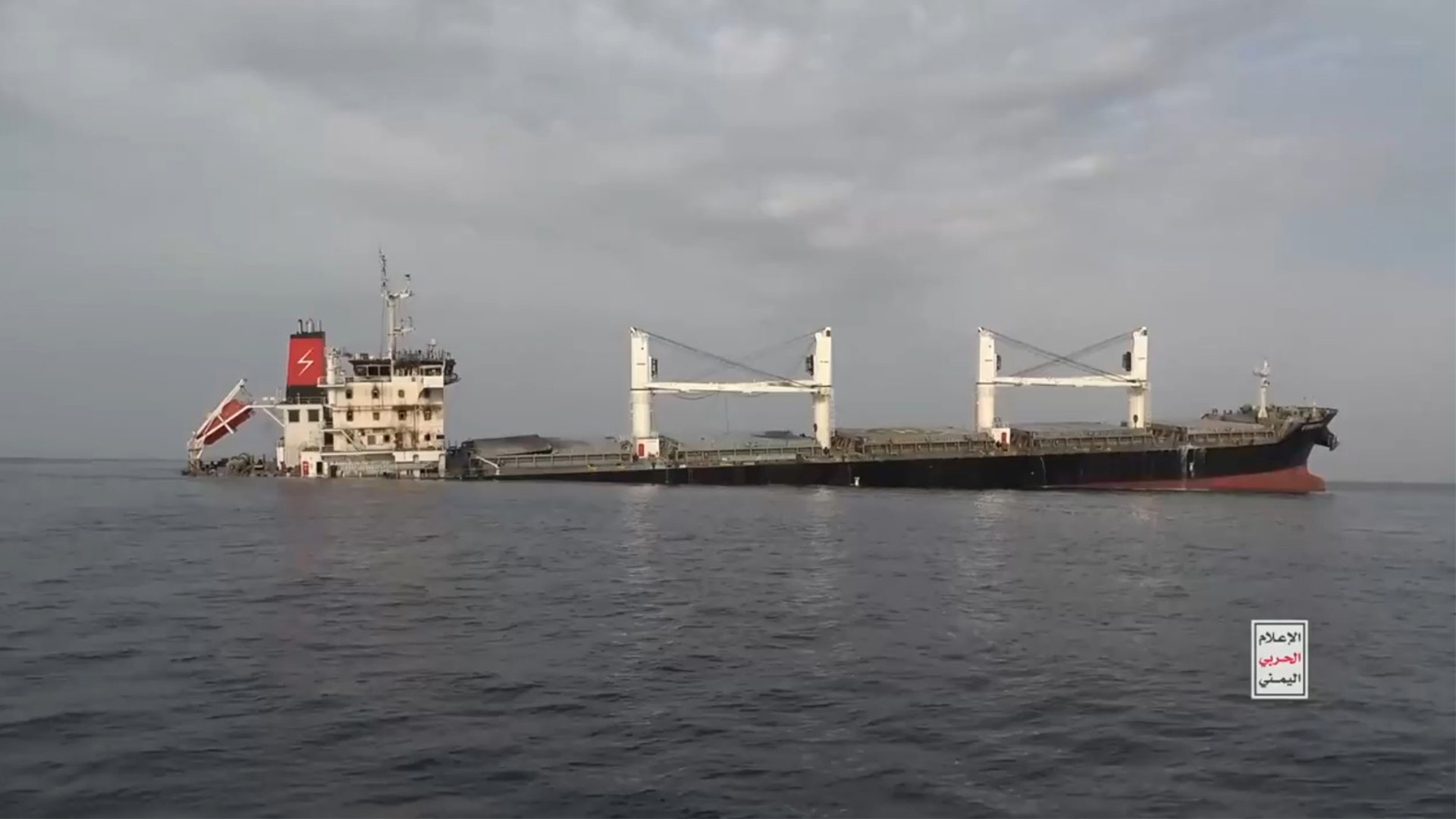
Attacks in the Red Sea had ceased in May after a ceasefire with the United States was agreed.
Shortly after the attack on MV Magic Seas, the Israeli air force conducted a strike on MV Galaxy Leader, a car transporter ship which was being held in a Yemeni port after being captured by the Houthis in November 2023.
The Israeli Defence Forces said it was being used by the Houthis to track passing shipping.
The Houthis have continued ballistic missile attacks from Yemen on Israel.
A Houthi spokesman claimed MV Magic Seas was targeted because it belonged to a shipping company that repeatedly visited Israel.
It's possible the Iranian government has turned to its proxies to continue attacks following the Israeli and US bombing campaign on Iran in June.
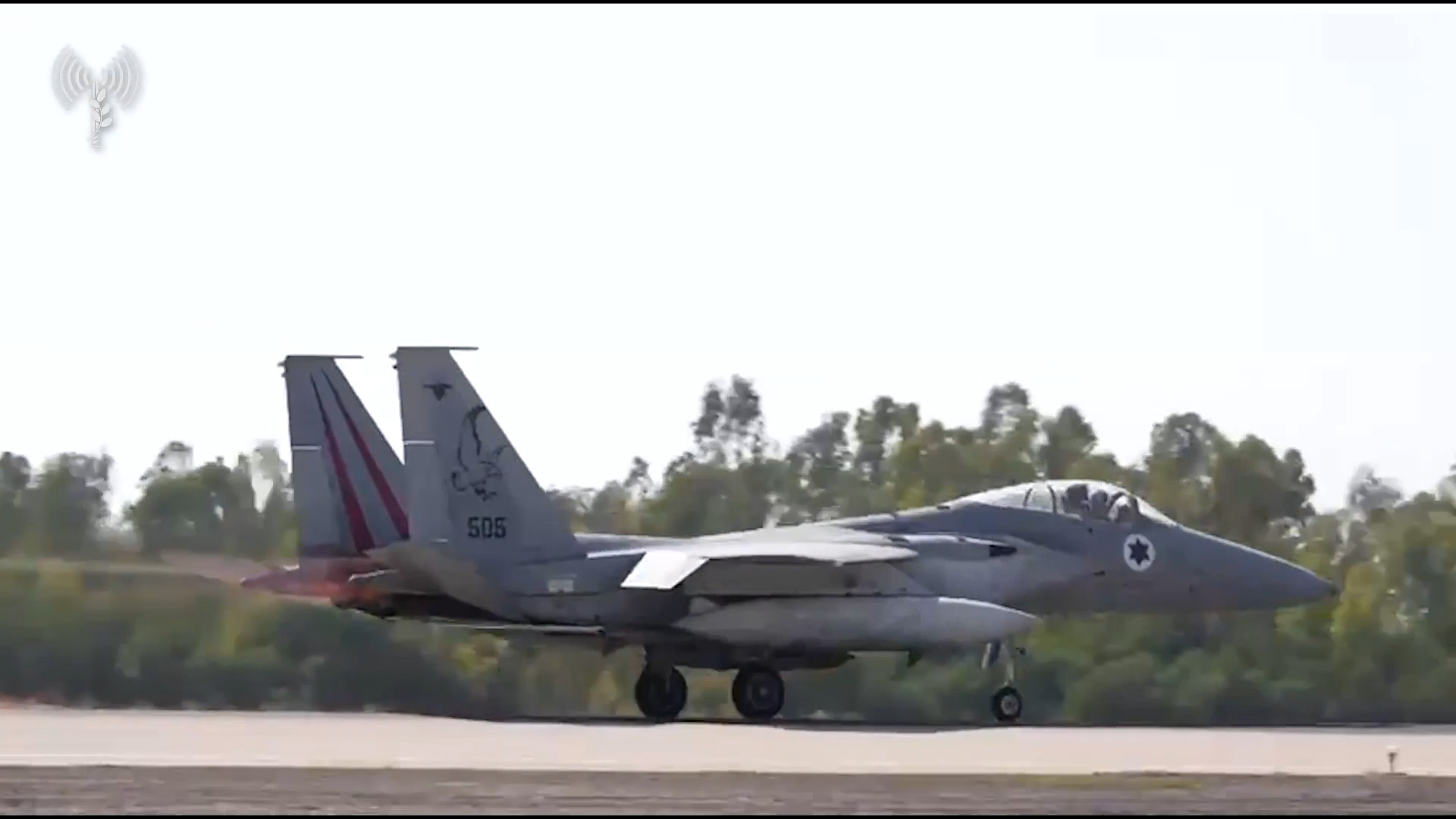
America has the USS Carl Vinson and USS Nimitz carrier strike groups operating in the Arabian Gulf, but they have not been involved so far.
The USS Vinson may leave the region soon, but another carrier – the USS Gerald R Ford – is inbound to the Mediterranean from the United States.
The Iranians may have instructed the Houthis to increase attacks in the Red Sea to draw the US carrier strike group away from the Iranian coast.
During the 12-day air war in June, Iranian air defences were badly damaged by the Israeli air force.
Without air defences Iran is vulnerable to future airstrikes.
There are reports that China has been resupplying Iran with advanced air defence systems – although the Chinese have denied this.
It's unlikely the EU Naval Force will be able to stop the Houthi attacks without assistance from the US carrier group.
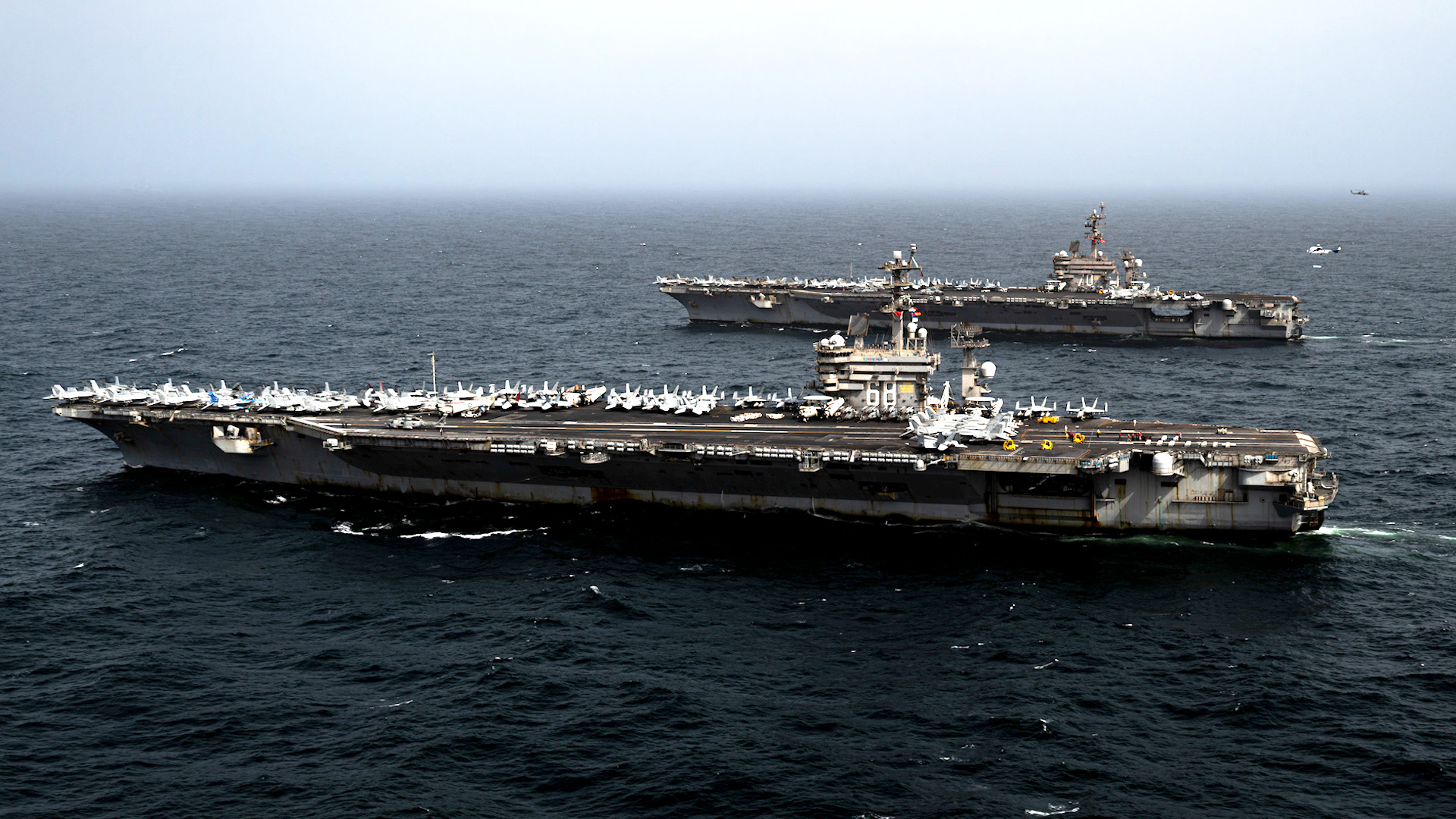
Wider consequences of Red Sea attacks
Increasing pressure in the Red Sea could also lead to increased oil prices in the West.
On 8 July, the German foreign office summoned the Chinese ambassador amid claims that a Chinese frigate had used a laser to target a Beechcraft surveillance aircraft over the Gulf of Aden on 2 July.
The Chinese foreign ministry denied the incident had taken place.
On 11 July, the United Nations Secretary General condemned the Red Sea shipping attacks as unacceptable, saying they "represent a serious risk of significant environmental, economic and humanitarian damage to an already vulnerable coastal environment".






